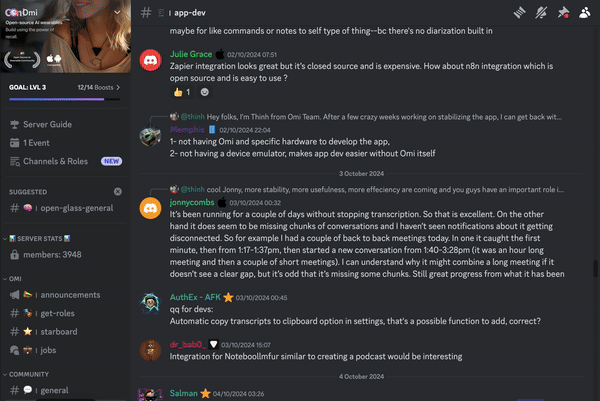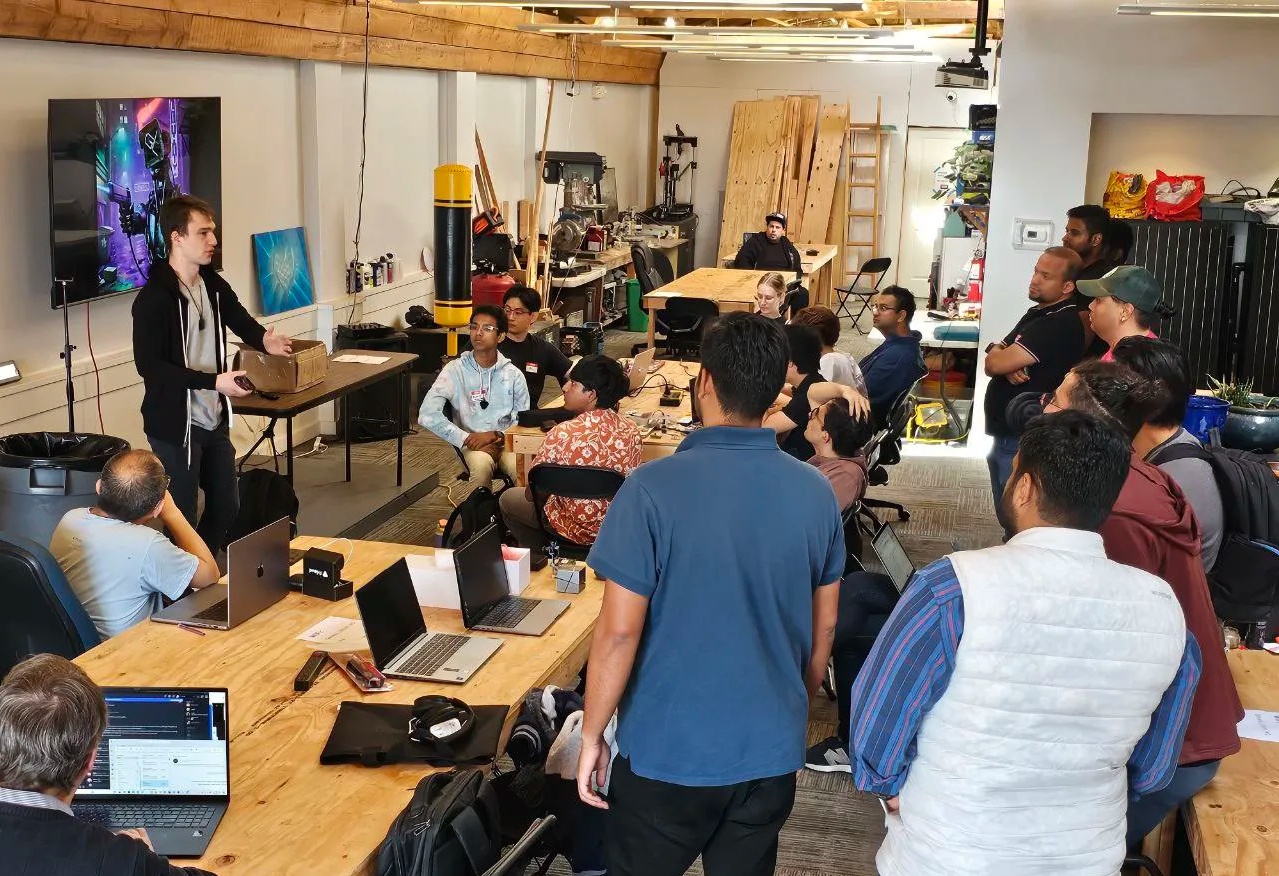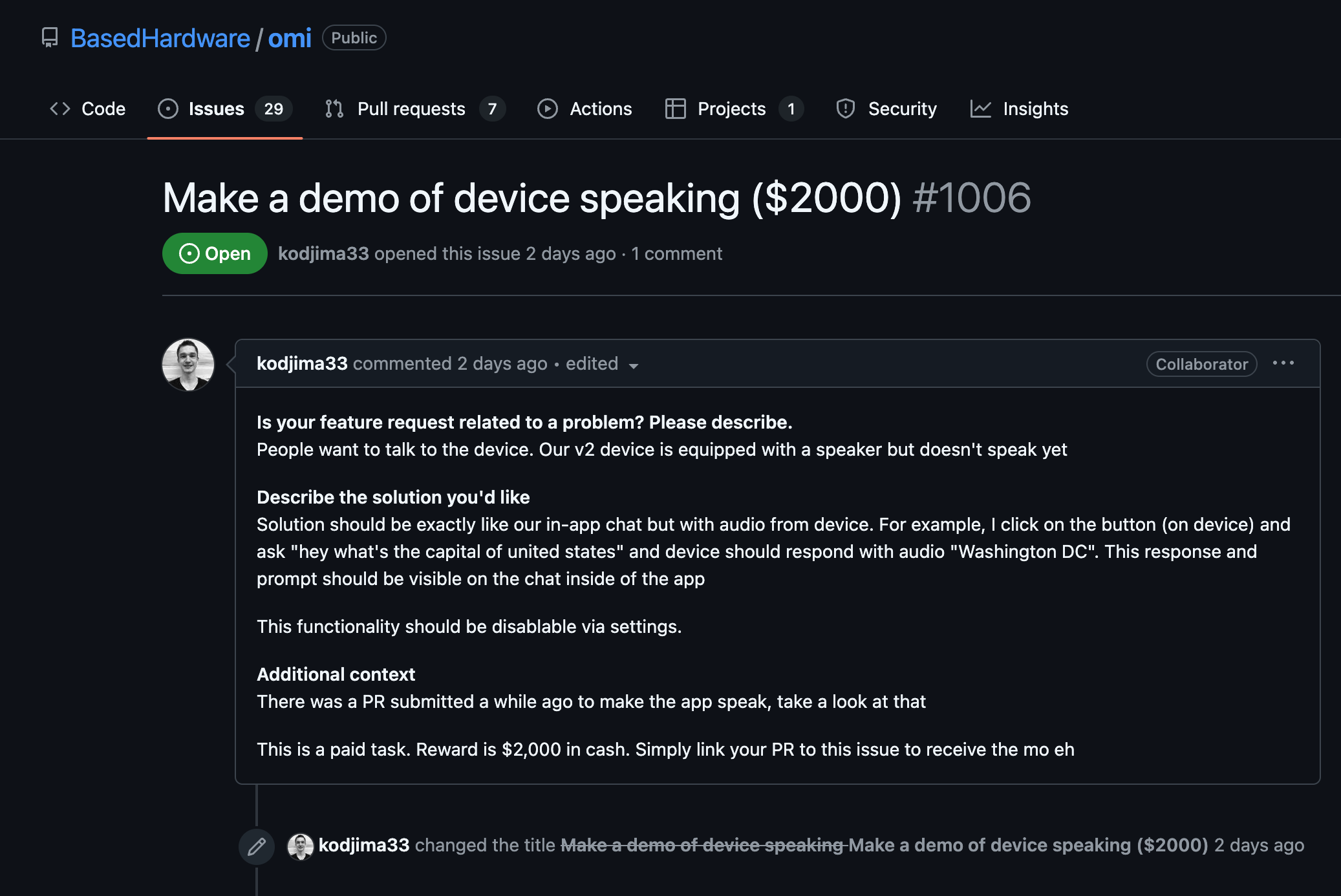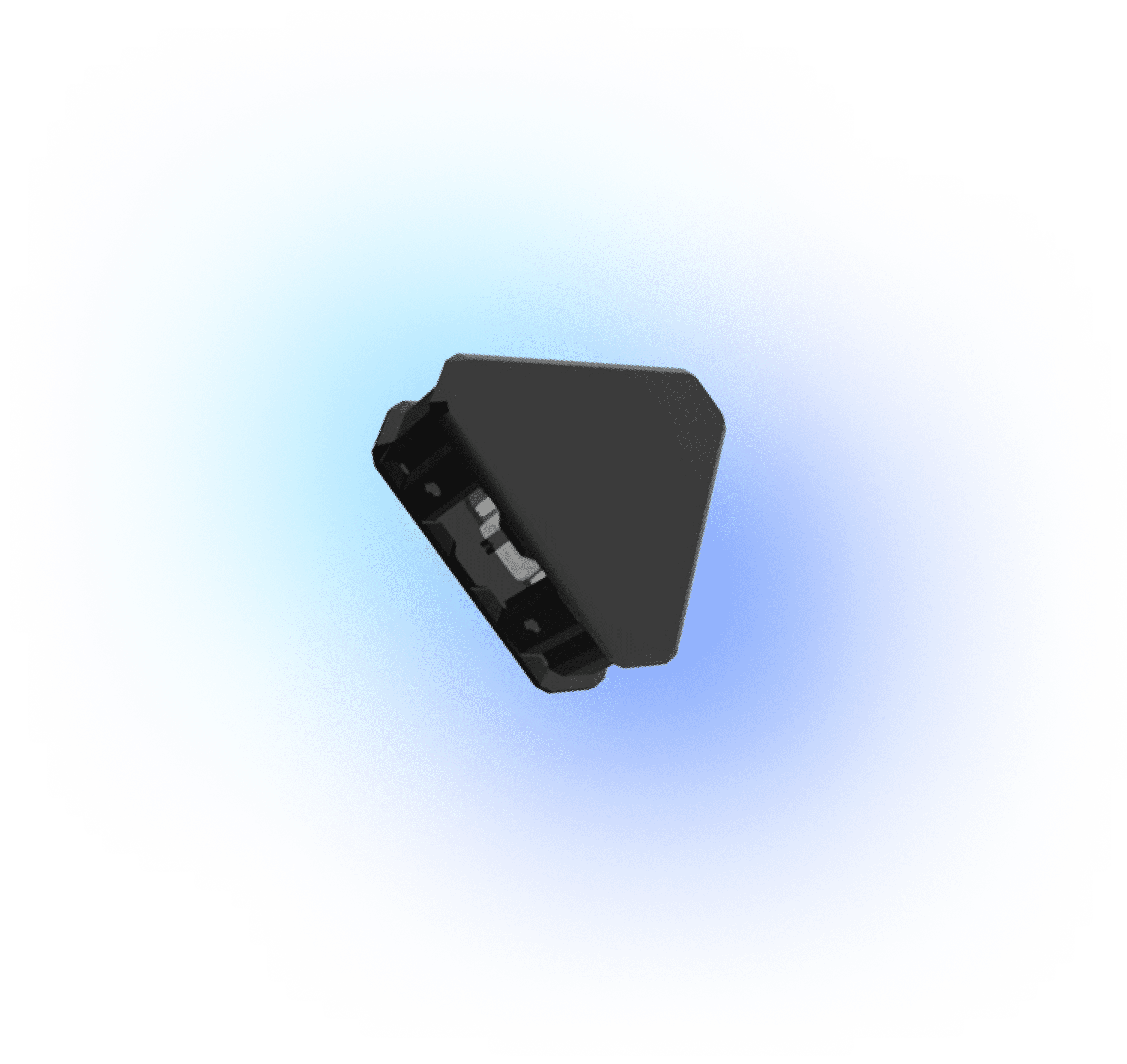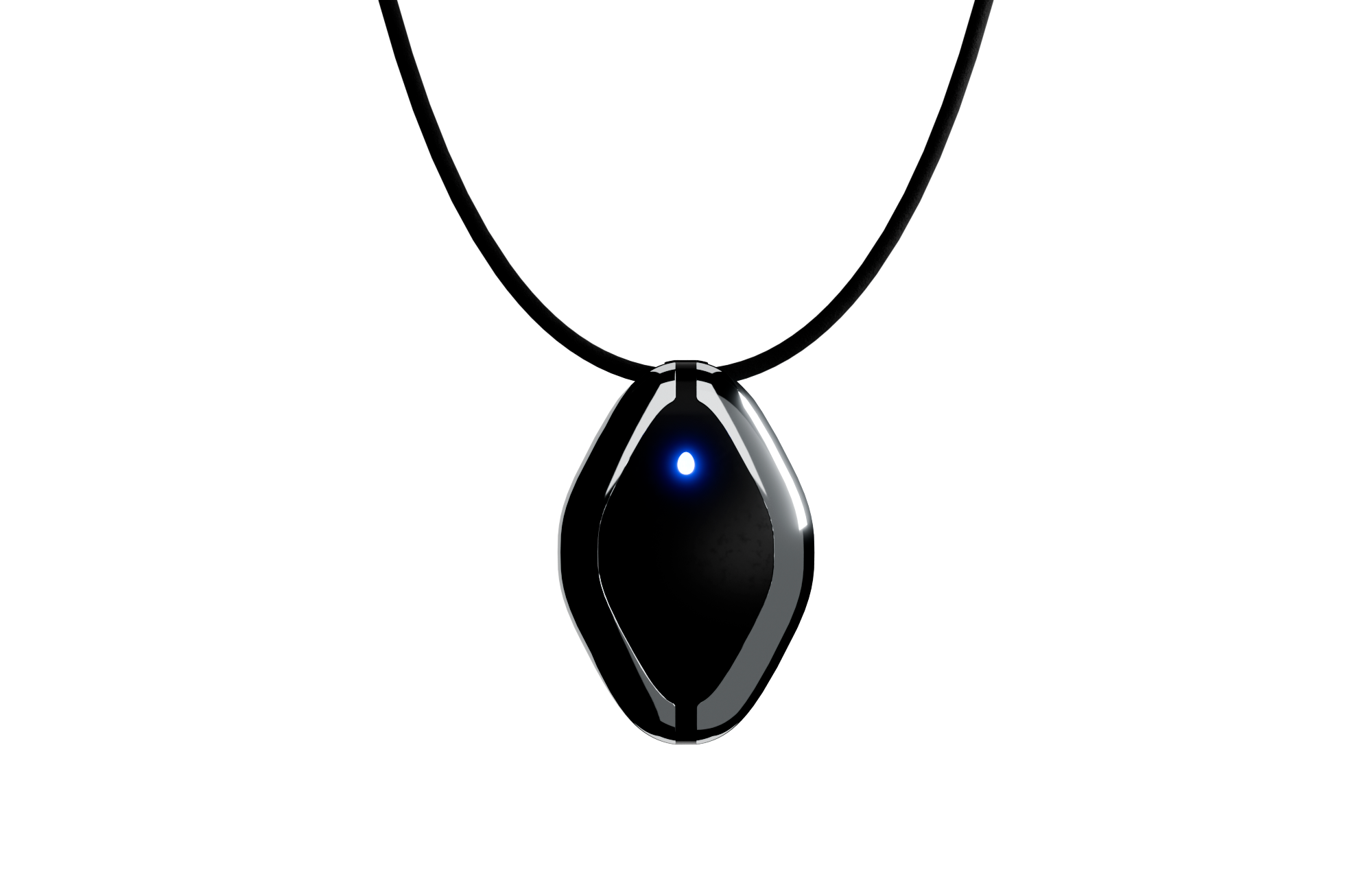Understanding the Basic Trigger System
The trigger system in a Tektronix oscilloscope is essential for signal stability and accurate measurement. Embedded signals with complex protocols can sometimes be challenging to capture accurately. To troubleshoot these issues, it is crucial to first comprehend the trigger system's basic components and functionality.
- Use
<b>HTML tags to highlight important terms.
- Ensure that the horizontal and vertical scales are set to appropriate values so the signal is visible on the screen.
- Always check the trigger source which specifies the input channel or signal used for the trigger event. Misconfiguration here is a common problem.
Review the Trigger Type Settings
With embedded signals, it's important to ensure the correct trigger type is selected:
<ul><li>Edge trigger:</li></ul> Often used for simple transitions, make sure the correct slope (rising or falling) is selected.<ul><li>Pulse width trigger:</li></ul> Useful for detecting pulses below or above a specified duration. Verify the pulse width settings match the expected signal characteristics.<ul><li>Pattern trigger:</li></ul> For digital signals, ensure the correct logic levels and patterns are defined.<ul><li>Serial packet trigger:</li></ul> For embedded protocol analysis (e.g., I2C, SPI), confirm the trigger is configured to identify specific data sequences or address signals.
Analyze Analog and Digital Channels
- Utilize both analog channels to view waveform shapes and digital channels to see logic states. Some scopes allow mixed-signal analysis which can be highly beneficial.
- Cross-reference both analog and digital domains to identify discrepancies due to time delays or level mismatches.
- Ensure the probe compensation is correctly set. Incorrectly compensated probes can distort the waveform and affect trigger behavior.
Customization with Advanced Triggering
Tektronix oscilloscopes often offer advanced triggering capabilities that can be adjusted in software:
<ul><li>Define custom sequences:</li></ul> Use advanced trigger settings to set conditions like setup-and-hold violations or glitch capture.<ul><li>Complex window tracking:</li></ul> For embedded systems, set triggers based on windowing conditions to track state transitions efficaciously.- Use VIscripting through TekVisa or other Tektronix SDKs to automate complex trigger sequences.
```python
import visa
rm = visa.ResourceManager()
my_scope = rm.open_resource('TCPIP::<IP_ADDRESS>::INSTR')
my_scope.write('TRIG:SEL PULSE')
my_scope.write('TRIG:PULSE:WIDTH 10.0E-09')
```
Check for Signal Integrity Issues
- Ensure that signal integrity is not compromised. A stable, clean signal is easier to trigger on.
- Address potential issues like ground loops or reflection from improper termination.
- Assess the oscilloscope probe’s bandwidth and ensure it matches the signal characteristics.
Validate with Built-In Diagnostic Tools
- Utilize diagnostic tools and self-tests available in Tektronix oscilloscopes to rule out hardware issues.
- Use the measurement mask test features to compare the signal to known good operations.
- Leverage the oscilloscope's FFT function to identify frequency-domain anomalies that could impact time-domain triggers.
Using External Synchronization
- In scenarios involving multiple devices or clock-driven systems, ensure external clock sources are stable and correctly connected.
- Consider using an external trigger to synchronize the oscilloscope with the embedded system.
- Validate the use of trigger hold-offs to stabilize the display when recurring signals are being profiled.
Implementing these approaches should provide a robust foundation for resolving trigger issues encountered when capturing embedded signals. Each step optimizes and enhances the oscilloscope's capability, allowing for precise and accurate signal analysis.
